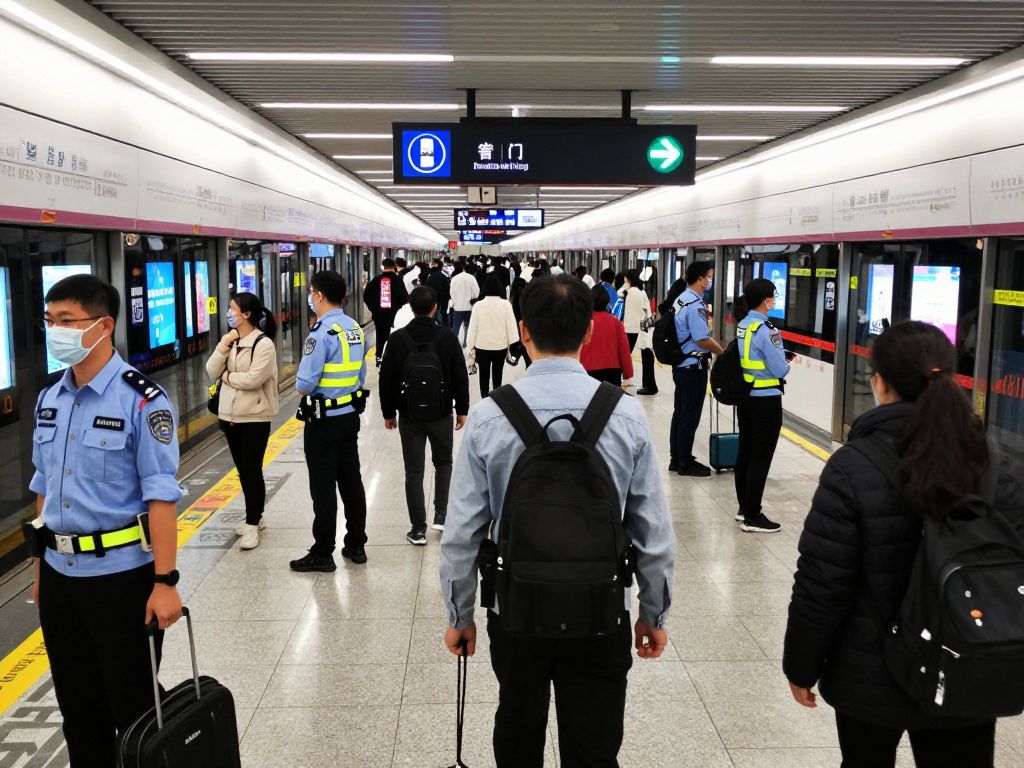News Summary
Massachusetts is celebrated for its top-ranking public high schools, including Boston Latin School, which is recognized nationally. As educators voice concerns over potential federal funding cuts, teachers across the state rally to protect educational services. With exemplary graduation rates, schools like Pioneer Valley Chinese Immersion Charter School and Lexington High School are highlighted for outstanding performance. The state’s leaders are committed to ensuring educational equity as funding discussions and policy reforms unfold.
Boston, Massachusetts – Massachusetts has been recognized for housing some of the top-ranking public high schools in the nation, even as educators rally against potential federal funding cuts that could impact educational services across the state. The latest evaluation from U.S. News and World Report analyzed over 23,000 public high schools, underscoring Massachusetts’ strength in education with Boston Latin School leading the charge. Boston Latin is placed 27th nationally, with 98% of its students enrolled in Advanced Placement (AP) programs, marking a significant achievement for the institution.
Following Boston Latin School, Pioneer Valley Chinese Immersion Charter School in Hadley ranks second in Massachusetts and 100th nationwide, boasting an impressive 100% graduation rate. The school’s proficiency levels are remarkable, with 88% of students performing well in mathematics, 80% in reading, and 76% in science. Lexington High School comes in third in the state and 192nd in the U.S., seeing a student participation of 78% in AP programs. These schools’ high rankings are a result of their exemplary performance in various assessment criteria such as college readiness and graduation rates.
In response to proposed cuts from the U.S. Department of Education, teachers across approximately 50 communities in Massachusetts joined a solidarity action, expressing their concerns over potential losses in federal funding. This action was primarily organized by the Massachusetts Teachers Association, where participants wore red clothing to symbolize the importance of education funding. One significant concern involves North Adams Public Schools, which anticipates a potential reduction of $2.3 million in federal funding for the fiscal year 2026. This funding is crucial for staffing and essential support programs.
Approximately $1.5 million of the North Adams school district’s budget depends on entitlement grants aimed at aiding disadvantaged and special needs students. Teachers’ unions from both Kentucky and Massachusetts participated in the demonstrations, emphasizing their commitment to preserving educational funding for local schools. In Pittsfield, funds amounting to $9.4 million are expected to be available, mainly allocated to support instructional staff, summer programs, and essential professional development for educators.
In light of the current funding landscape, Massachusetts leaders including Governor Maura Healey and Attorney General Andrea Campbell have reassured schools that programs centered around diversity, equity, and inclusion will remain protected under existing laws. Alongside funding discussions, the Massachusetts education board is pursuing additional regulatory changes, especially concerning timeout and seclusion practices for special education students. These changes aim to clarify the definitions and uses of voluntary timeout versus involuntary seclusion, tightening procedures to better protect vulnerable students.
Acting Commissioner of Education Russell Johnston has stressed that seclusion should not be utilized as a strategy for managing behavior, as extensive research has highlighted the negative impacts of such practices on students with disabilities. These ongoing discussions illustrate Massachusetts’ commitment to ensuring educational access and equity while addressing funding hurdles and policy reforms in public education.
The achievements of Massachusetts high schools showcase the state’s dedication to quality education. However, the challenges posed by potential federal funding cuts could significantly affect the educational landscape in the future. Educators, parents, and community leaders continue to advocate for financial support as the state works to uphold its standing as a leader in public education.
Deeper Dive: News & Info About This Topic
HERE Resources
Massachusetts Food Scene Expands Amid Scandals
Community Outrage in Milford Following ICE Arrest of Student
Newton South High School Hosts LGBTQ+ Awareness Day
Milford Student Detained by ICE, Community Rallies for Support
Boston’s Higher Education Challenges Amid Demographic Shifts
Regie Gibson Sworn in as Massachusetts’ First Poet Laureate
Boston’s Shift Towards Vocational Education Amid Rising Costs
Bipartisan Discussion in Boston Tackles Key Issues
Needham Schools Implement Reusable Metal Trays to Reduce Waste
Worcester Declared Least Healthy City in Massachusetts
Additional Resources
- Berkshire Eagle: Federal Funding School Budgets
- Wikipedia: Education in Massachusetts
- MassLive: Billboards Highlight Crisis at Mass Community Colleges
- Google Search: Massachusetts high schools
- The Berkshire Edge: School Building Authority Increases Reimbursement Rate
- Google Scholar: Massachusetts education funding
- Berkshire Eagle: Education Board and Timeout Practices
- Encyclopedia Britannica: Special Education
- The Berkshire Edge: Independent Living Education Day
- Google News: Massachusetts education policy
Author: STAFF HERE BOSTON WRITER
The BOSTON STAFF WRITER represents the experienced team at HEREBoston.com, your go-to source for actionable local news and information in Boston, Suffolk County, and beyond. Specializing in "news you can use," we cover essential topics like product reviews for personal and business needs, local business directories, politics, real estate trends, neighborhood insights, and state news affecting the area—with deep expertise drawn from years of dedicated reporting and strong community input, including local press releases and business updates. We deliver top reporting on high-value events such as Boston Marathon, Head of the Charles Regatta, and Boston Harborfest. Our coverage extends to key organizations like the Greater Boston Chamber of Commerce and Associated Industries of Massachusetts, plus leading businesses in finance, biotech, and insurance that power the local economy such as Fidelity Investments, Biogen, and Liberty Mutual Insurance. As part of the broader HERE network, we provide comprehensive, credible insights into Massachusetts's dynamic landscape.





